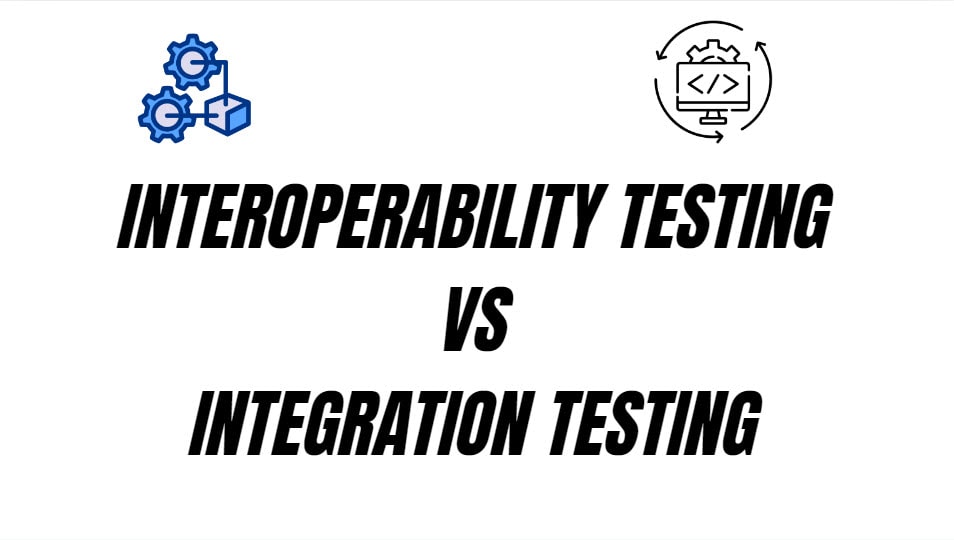As a software tester, I’ve often encountered confusion between interoperability testing and integration testing. While both are crucial in ensuring software quality, they serve different purposes and involve distinct methodologies. Let’s explore the details of each and their unique characteristics.
Understanding Integration Testing
Integration testing is software testing that focuses on verifying the interactions between different system components or modules. The primary goal is to ensure that these parts work together seamlessly.
Integration testing typically involves:
- Testing the data flow between modules
- Verifying the functionality of integrated components
- Ensuring that the integrated system meets specified requirements
For example, in a US-based e-commerce platform, integration testing might involve checking if the payment processing module correctly interacts with the inventory management system when a customer purchases.
Check out: Why integration testing is important
Exploring Interoperability Testing
Interoperability testing, on the other hand, is more advanced and focuses on the ability of different systems or components to work together, even if they were not originally designed to do so. It ensures that disparate and independent systems can exchange and use information effectively.
Critical aspects of interoperability testing include:
- Verifying data exchange between different systems
- Ensuring compatibility across various platforms or environments
- Testing the ability of systems to understand and process exchanged data
A real-world example of interoperability testing in the USA might involve testing if a hospital’s electronic health record (EHR) system can effectively share patient data with a pharmacy’s prescription management system, even from different vendors.
Check out Best Integration Testing Tools
Key Differences
The main differences between integration and interoperability testing are:
- Scope: Integration testing focuses on components within a single system, while interoperability testing deals with multiple independent systems.
- Data Exchange: Interoperability testing involves real-time data exchange without middleware, whereas integration testing may use internal data passing mechanisms.
- Standards Compliance: Interoperability testing often involves checking compliance with industry standards, which is less common in integration testing.
- Complexity: Interoperability testing is generally more complex due to the involvement of multiple independent systems.
Check out Integration Testing vs Functional Testing
Methods and Scenarios
When conducting integration testing, I often use methods like:
- Big Bang Integration: Testing all components together at once
- Top-Down Integration: Starting with top-level modules and gradually adding lower-level modules
- Bottom-Up Integration: Beginning with low-level components and progressively integrating higher-level modules
For interoperability testing, I typically employ scenarios such as:
- Cross-Platform Testing: Ensuring a mobile banking app works seamlessly across iOS and Android devices
- Protocol Testing: Verifying that different IoT devices in a smart home can communicate effectively using standard protocols
- Data Format Testing: Checking if a healthcare provider’s system can correctly interpret and display lab results from various external laboratories
Conclusion
While both integration and interoperability testing are crucial for ensuring software quality, they serve different purposes. Integration testing focuses on the cohesion of components within a system, while interoperability testing verifies the ability of independent systems to work together effectively.
You may also like following the articles below.
- Integration Testing Best Practices
- Integration Testing vs End To End Testing
- Integration Testing vs Regression Testing

My name is Madhu, and I’m a certified Test Consultant with more than 16 years of hands-on experience developing and maintaining manual and Test Automation in the Software industry. I have experience with automation tools such as Selenium, Katalon Studio, etc.
